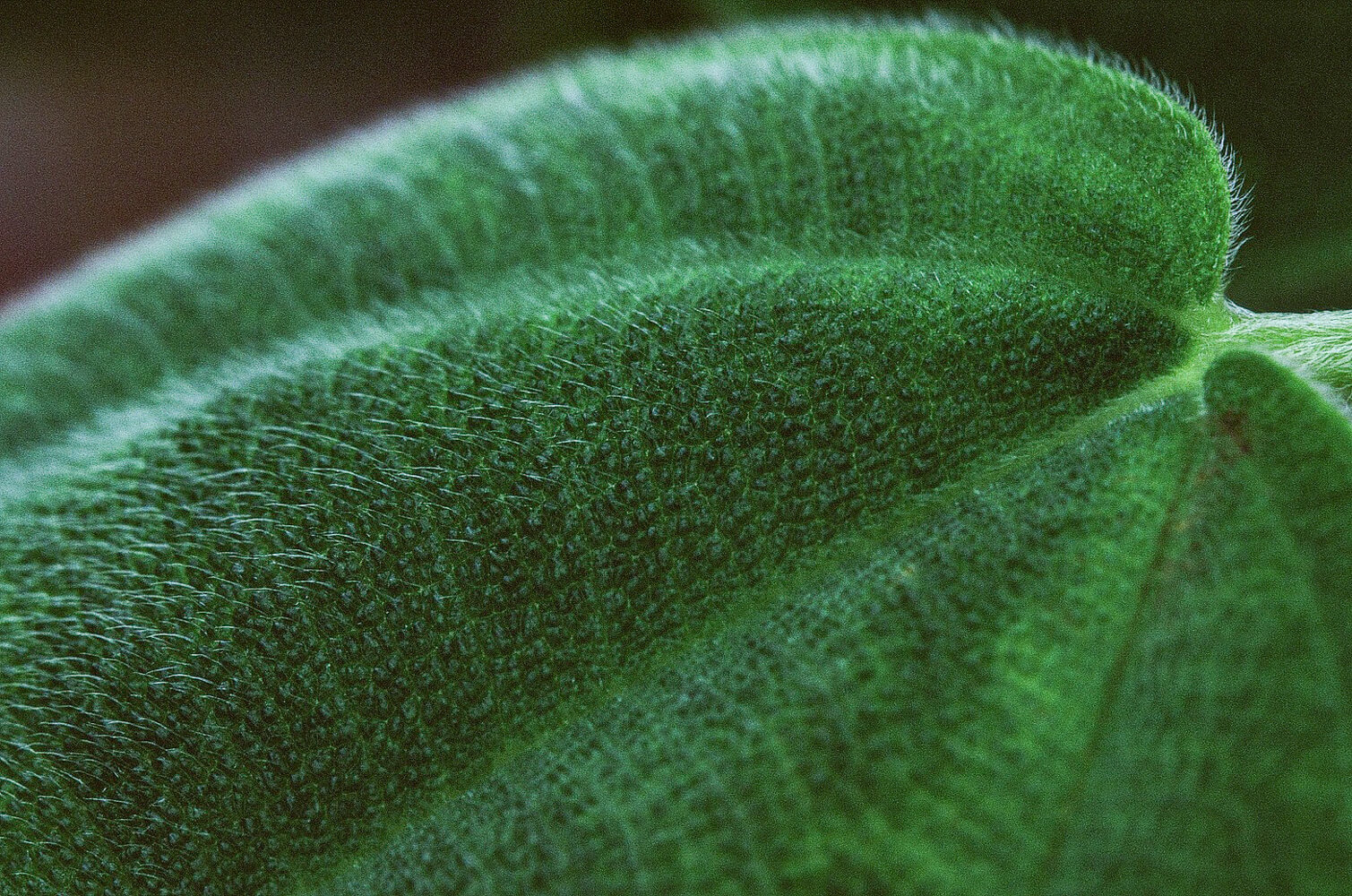With winter bearing down upon us, my family and I visited the Roger Williams Park Botanical Center in Providence, RI USA for a little weather respite. My family brought sketch pads and watercolor paints; I brought a roll of Fuji Velvia 50, a Nikon FM2, a Nikon 105mm f/2.8 AI-s Micro-Nikkor macro lens, and a 27.5mm Nikon PK-3 extension tube for ultra-close focusing.
I kept most exposures at ½ or 1 second, incident metering using a Sekonic L-508 meter and calculating the exposure adjustments necessary to accommodate the macro extension tube. The greenhouses offered beautifully diffuse light for nearly all exposures. Other than the fogging of my glasses and viewfinder from my mask while trying to focus, it was an idyllic opportunity to get the saturated colors that Velvia 50 is well known for with a little bit of overexposure.
With these conditions, I could focus on framing and composition. I tried to keep a few points in mind for each exposure: What is the subject of this exposure? Do the in-frame elements support the subject, or distract from it? How will the viewer’s eye travel throughout the frame?
Looking at the images, several could be improved with a little more care on composition and subject placement. I quickly realized the value opportunity for a macro focusing rail to accommodate small adjustments that I would otherwise achieve by relocating my tripod. Still, it was fun capturing the textures, colors, and fine elements that are difficult to discern with the naked eye.
The fine grain of the Velvia 50 is pleasing without being distracting, and the color rendition is rich with deep blacks. While I’m often disappointed in the tonality I get from black and white negative film without additional contrast adjustments, Velvia 50 doesn’t disappoint: it looks the way I want it to look to emphasize how I saw and remember these exposures. While it’s more expensive than other color films, and E6 development is also most costly than C41, the positive film images is special to see and hold.
5 Frames… Of macro photography on Fuji Velvia 50 (35mm / EI 50 / Nikon FM2 + Nikon 105mm f/2.8 AI-s Micro-Nikkor + Nikon Pk-3 extension tube) – by Joshua Wright
When our four-hour window to remain in the gardens came to a close, a caretaker gently ushered me to the exit. The beauty of a botanical garden though is that you can revisit in another few weeks for a completely different experience.”
~ Joshua
Submit your 5 Frames… today
Get your own 5 Frames featured by submitting your article using this form or by sending an email via the contact link at the top of the page.
Share your knowledge, story or project
The transfer of knowledge across the film photography community is the heart of EMULSIVE. You can add your support by contributing your thoughts, work, experiences and ideas to inspire the hundreds of thousands of people who read these pages each month. Check out the submission guide here.
If you like what you’re reading you can also help this passion project by heading over to the EMULSIVE Patreon page and contributing as little as a dollar a month. There’s also print and apparel over at Society 6, currently showcasing over two dozen t-shirt designs and over a dozen unique photographs available for purchase.













3 responses to “5 Frames… Of macro photography on Fuji Velvia 50 (35mm / EI 50 / Nikon FM2 + Nikon 105mm f/2.8 AI-s Micro-Nikkor + Nikon Pk-3 extension tube)”
Lovely images. Makes a day in the Botanical Garden a real treat. Thanks for sharing.
Whaouuuuu ! Extraordinary great work considering this is made with a full mechanical camera and a low sensitivity slide film, but result is awesome.
It remembers me that I have this great lens and a stock of Velvia 50 which is the best color film on earth.
This Nikon lens 105mm Micro Ai-s works perfectly on digital camera as so many Ai-s lens from Nikon (yes they have not the sharpness and very very bright touch of lens from Zeiss for Sony or Sony, Canon, Nikon for their own digital camera, but they have a very good touch, which I prefer, maximal “sharpness” is not my goal). So thank you to show that with a film camera, not expensive, a good preparation, we can’t get results better than digital, because if those Velvia images are scanned with a high level scanner and put in TIFF we have very very very big files with so many details and without this uggly “digital grain”.
Beautiful color! Shame that Velvia 50 is so pricey.